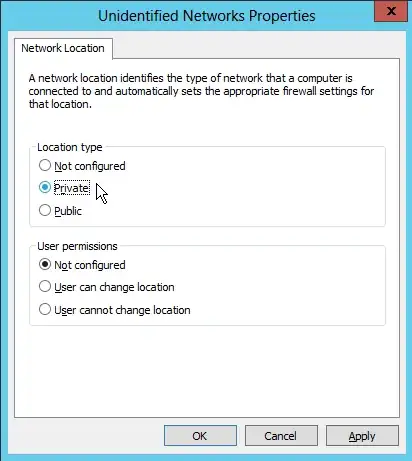You're getting your terms wrong sorry.
A blade server is a physically small server that fits inside a larger chassis that provides the blade servers inside it with common services such as power supply and fans.
Here's an example of a blade system;

I think what you're talking about is what are called 'rack mounted' servers, or 'pizza box' servers as we call them.
Again here's an example of one;

Now these generally come in full-width (19 inch) format and usually come in either 1U (4.5cm) or 2U (9cm) versions (though there are larger ones for special requirements).
There are some unusual variants as you've pointed out - usually to fit certain functions within certain space/power/cooling requirements - we used to use these very odd HP SL servers that were half-width to get lots of CUDA cores in a rack but that was a very odd/rare requirement.
One area where unusual pizza box servers have been used in the past, though I'm not sure that's still the case, is in the big cloud providers. They sometimes have their servers made to their exact spec and sometimes these can be physically very small as they know what options are needed. This means they can get more into a rack if they're half-width/half-depth etc. This is an odd requirement to be honest.
Generally you should stick with 1U/2U servers, they offer 99% of the functionality and flexibility that 99% of people need - they're the VW Golf of the server world - but be aware that they are other options if you find yourself under some form of physical constraint.

